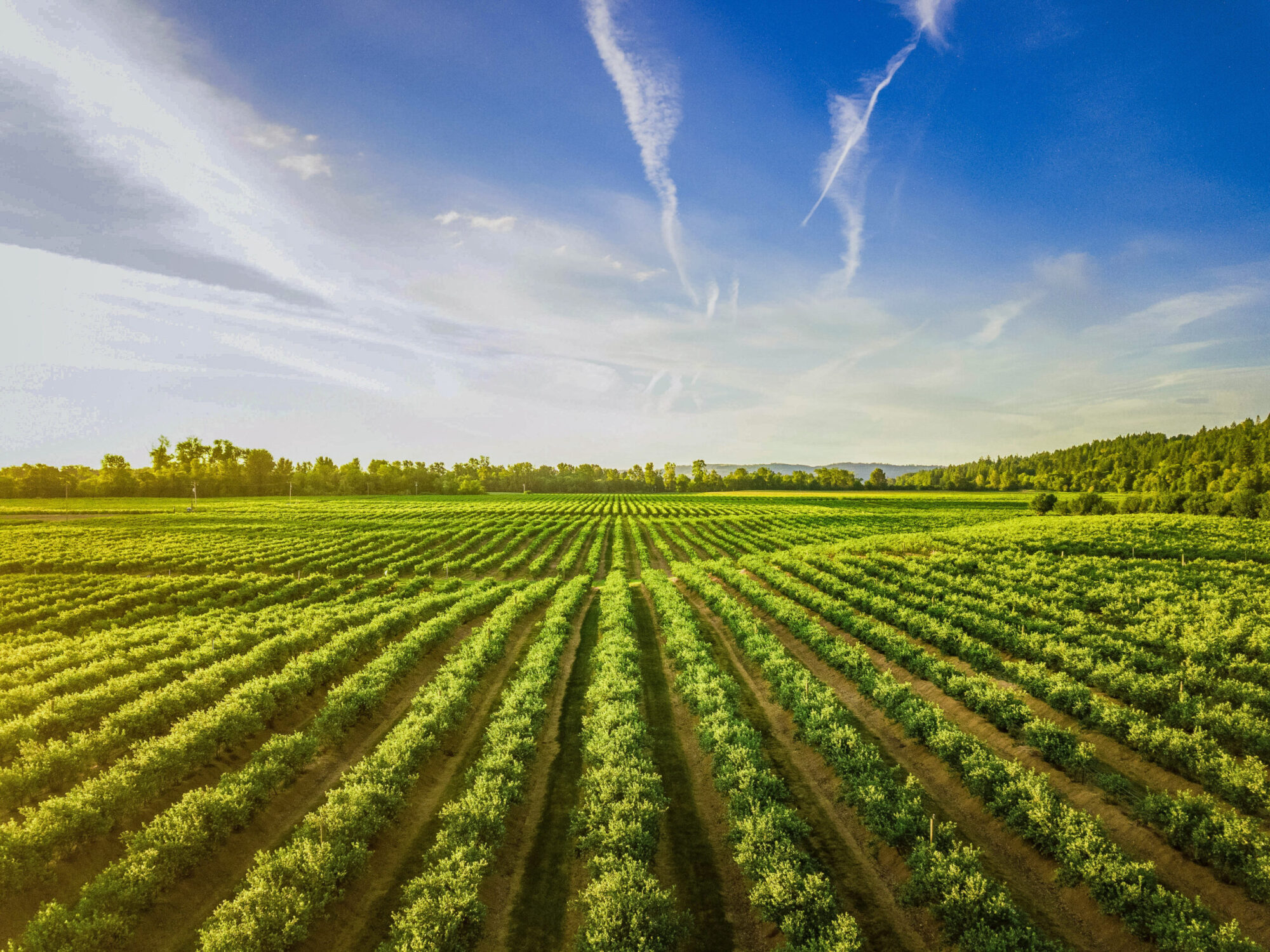Calcium is a vital element for the growth and development of plants. When it comes to fertilizer, it is important to understand the different forms of calcium available and the benefits they offer. Two of the most common forms of calcium in fertilizer are granular calcium and micronized calcium. In this blog, we will explore the differences between the two to help you make an informed decision when choosing calcium for your plants.
Granular Calcium as Fertilizer
Granular calcium is a form of calcium that has a larger particle size and is often added to soil directly. This type of calcium is easy to spread evenly in the soil and can provide plants with the necessary nutrients they need to grow. However, granular calcium can take a long time to dissolve and be absorbed by plants. This means that it can take several weeks or even months for your plants to see the benefits of granular calcium.
Micronized Calcium
Micronized calcium, on the other hand, is a form of calcium that has been broken down into much smaller particles. This type of calcium is an excellent addition to your fertilizer and is designed to be more rea
dily absorbed by plants. The smaller particle size allows for better absorption and quicker results, which can be seen in as little as a week after application.
Which Calcium Option is a Better Fertilizer for Your Plants?
The type of calcium you choose for your plants will depend on your specific needs and goals. If you are looking for a quick boost in plant growth and health, micronized calcium is a better option, as it is absorbed quickly by plants. However, granular calcium may be the better choice if you are looking for a long-term solution for improving soil health.
In conclusion, when it comes to calcium in fertilizer, it is important to understand the differences between granular and micronized calcium. Both forms offer benefits to plants and soil health, but the right choice will depend on your specific needs and goals. When in doubt, consult with a local expert or horticulturist to determine the best option for your plants and soil.
